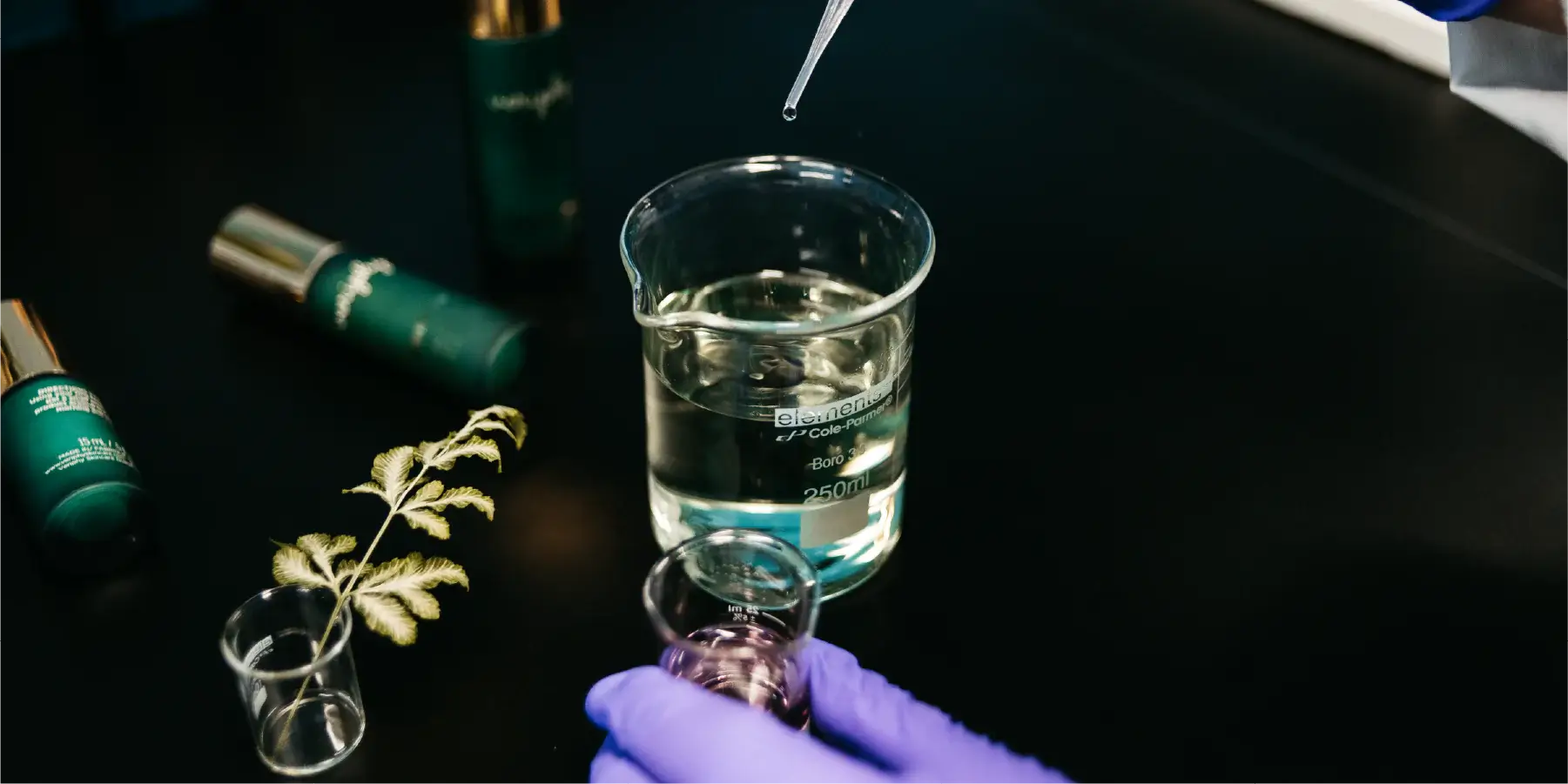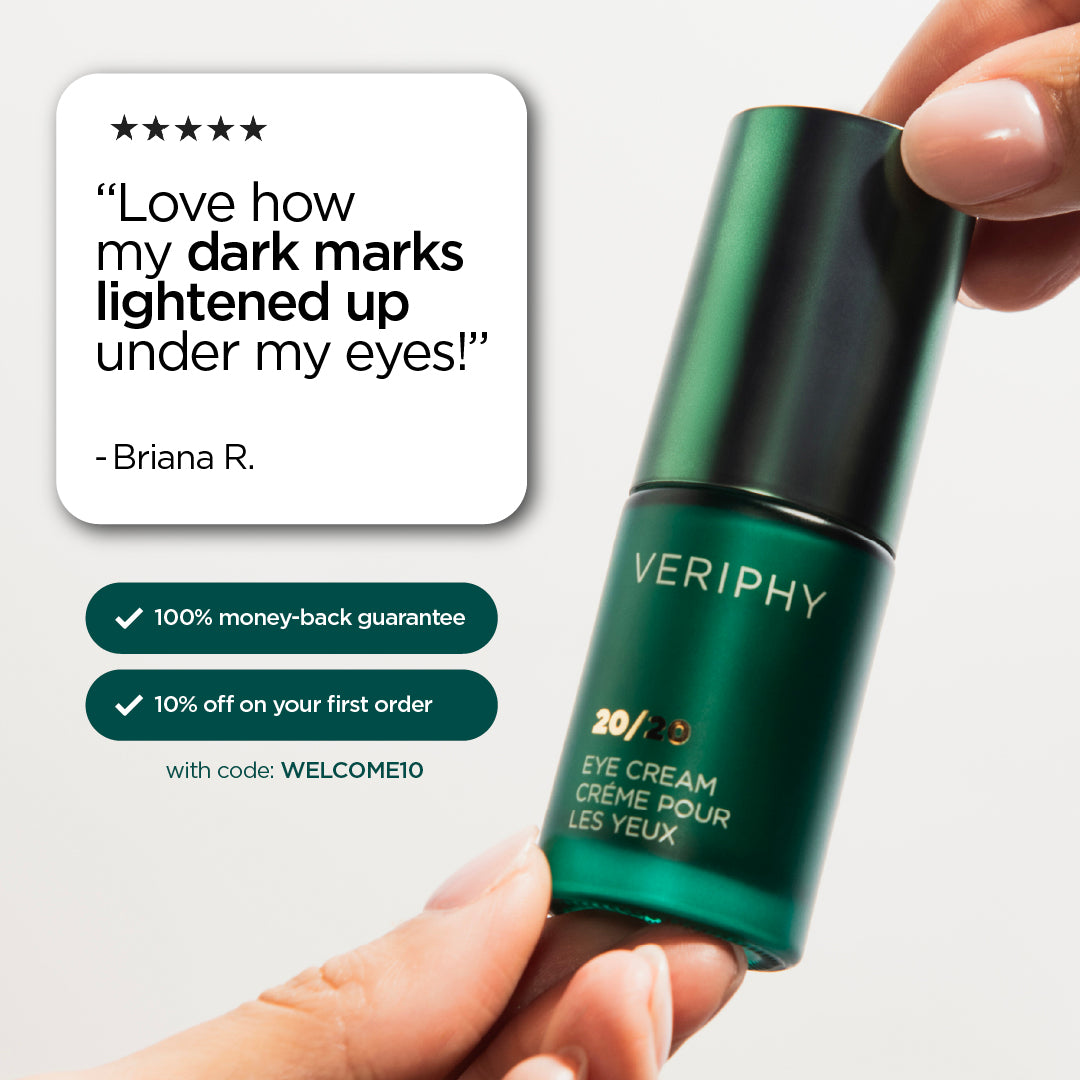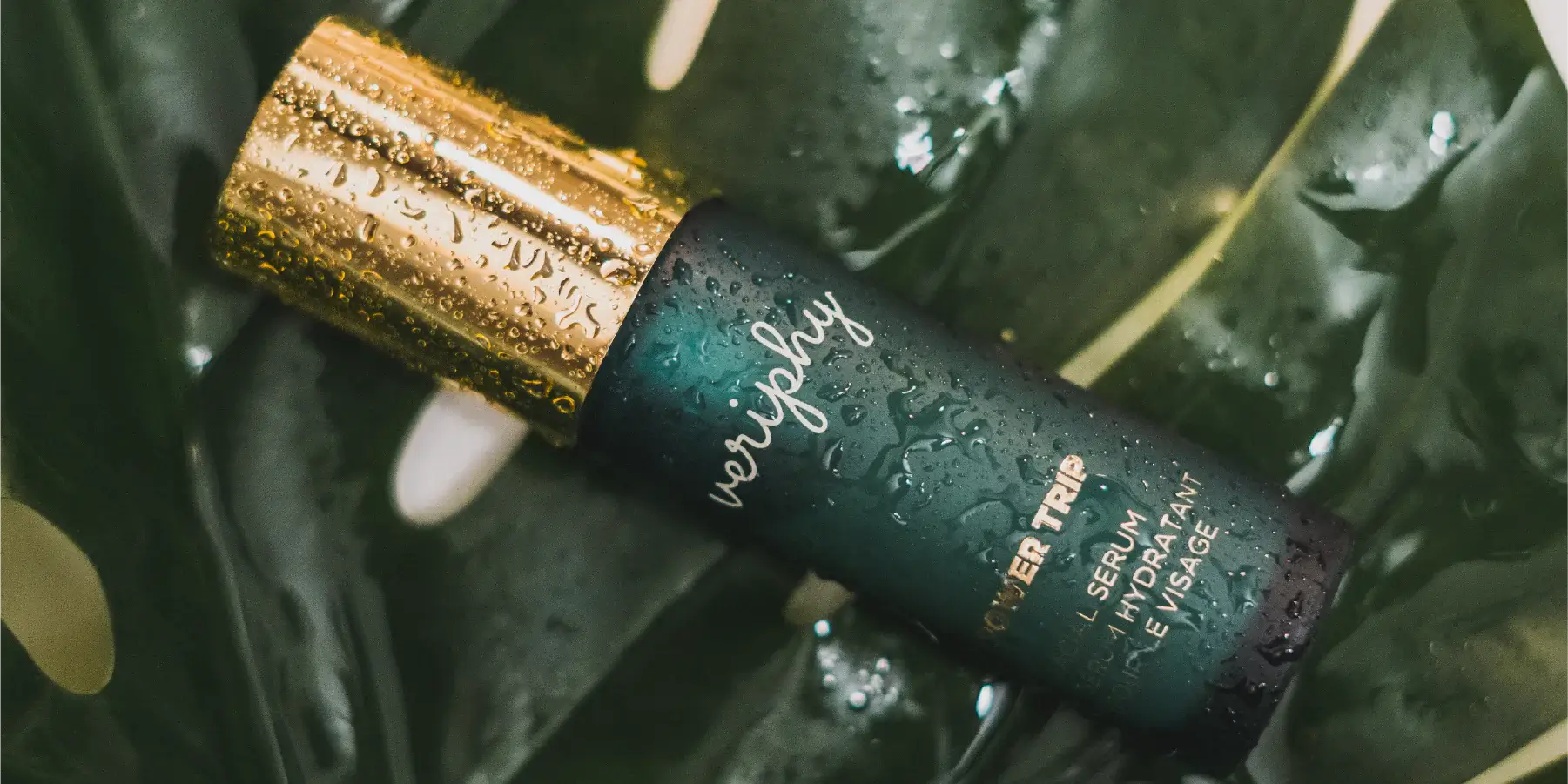
The Science Behind Phytoglycogen
We may not think about it, but there’s a lot of science behind skincare products. Choosing ingredients that work well together and creating a formula that will optimize their effects is paramount to a successful product, and evaluating the efficacy of these ingredients and formulations is an important part of the process. Veriphy Skincare’s product line features phytoglycogen (PhytoSpherix®), a natural plant-derived ingredient that has been rigorously tested to determine its benefits in skincare.
In a clinical trial involving 90 women aged 40+ years, a cream with either no phytoglycogen (placebo) or with phytoglycogen was applied to the face twice a day for 6 weeks. Throughout the study, participants were evaluated by an expert grader who assessed their skin condition based on 9 categories related to skin aging: Hyperpigmentation, smoothness (visual and tactile), clarity, evenness of skin tone, firmness, fine lines, coarse wrinkles, and overall appearance. Neither the grader nor the participant knew which version of the test cream they were using to remove any bias from the results (this is called a double-blind study). After 6 weeks, it was found that the participants who used the cream with phytoglycogen showed on average a greater improvement compared to their baseline in all 9 grading categories compared to those using the placebo. An analysis of the data determined this result to be statistically significant, an indication of a very high probability that it could not have been obtained by chance. In addition, 90% of participants in the phytoglycogen cream group reported their skin was smoother after using the product.
In a separate study aimed at assessing the hydrating power of phytoglycogen, 13 participants applied creams with and without phytoglycogen to their inner forearm. A device that measures the electrical capacitance of the skin was used to compare the relative water content in the areas where each cream had been applied. 7 hours after application, there was a 130% increase in hydration where the phytoglycogen cream had been applied compared to the placebo. This demonstrates the strong hydrating properties of phytoglycogen in skincare.
Trials such as these are important for determining the effects ingredients will have in their finished products, since so much of a product’s efficacy is determined by the ingredients inside, how they are interacting, and how the product is used. By understanding these ingredients and their contribution to the formula as a whole, we can create better and safer products that provide the results we want to see!



